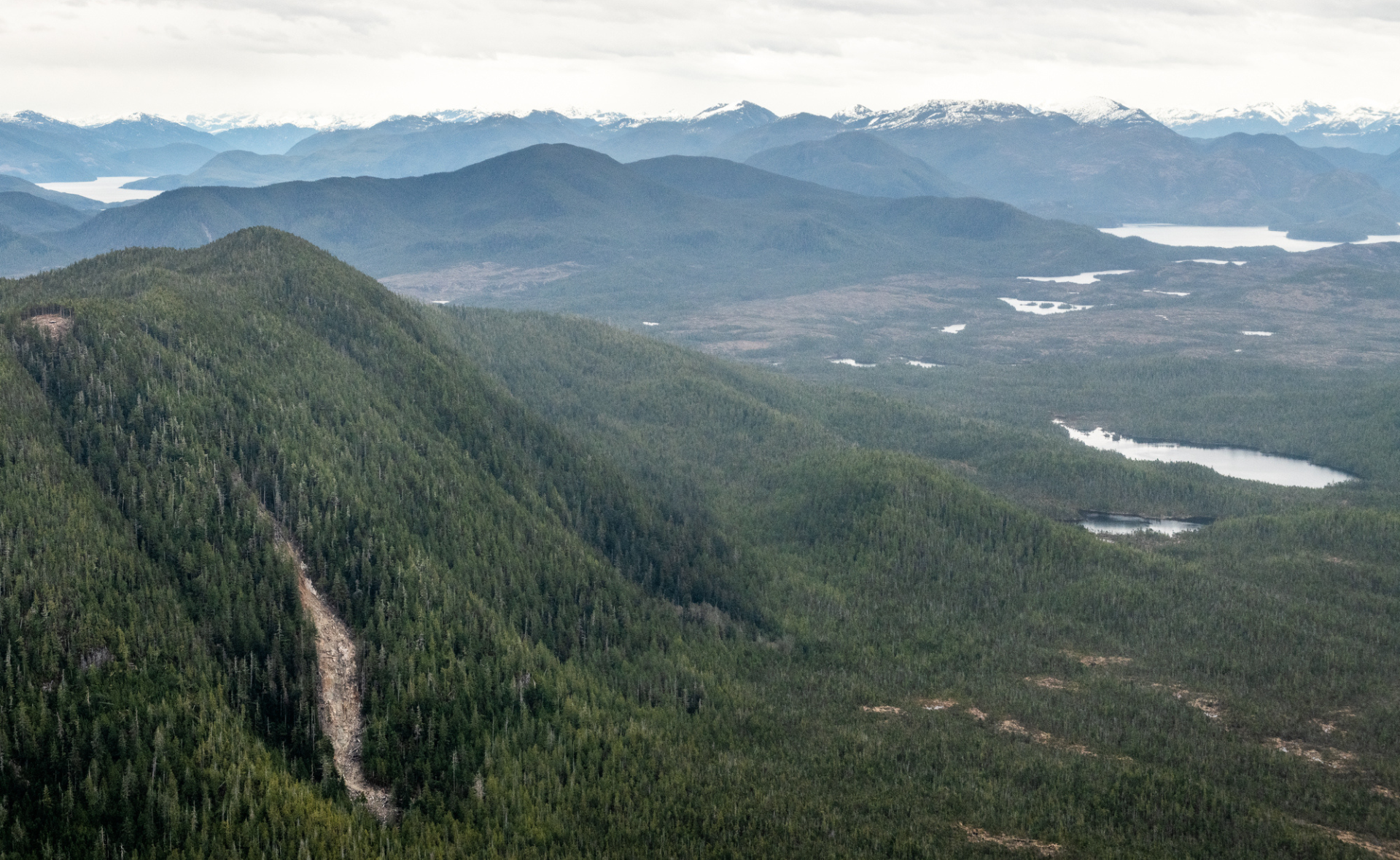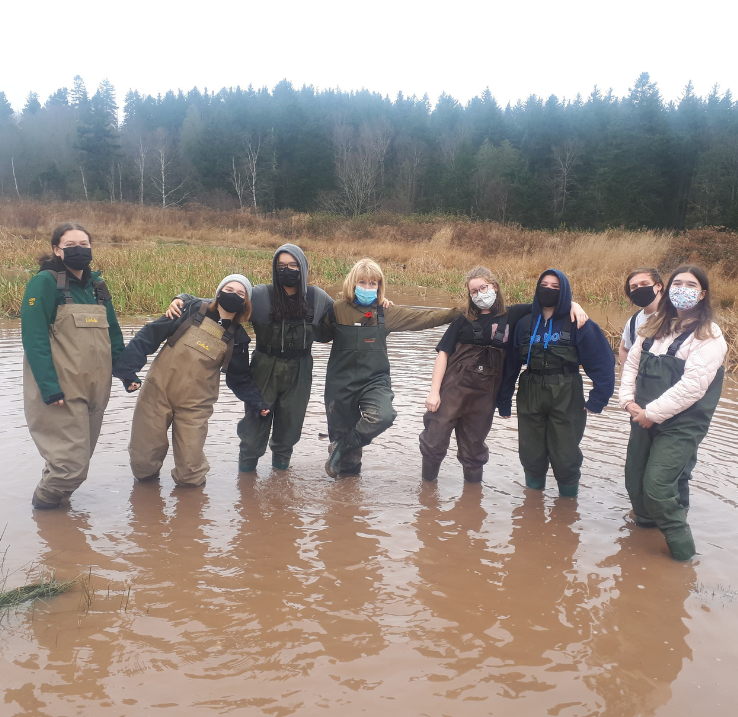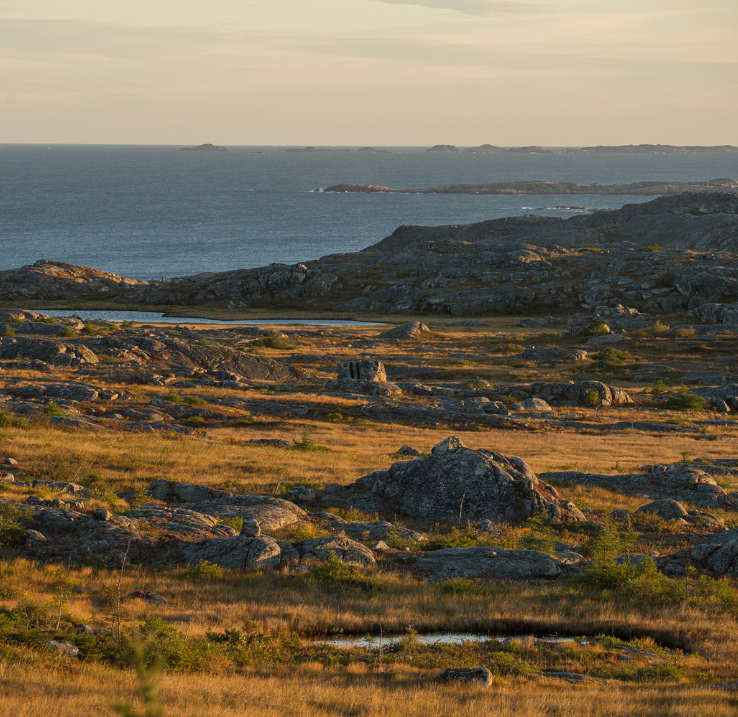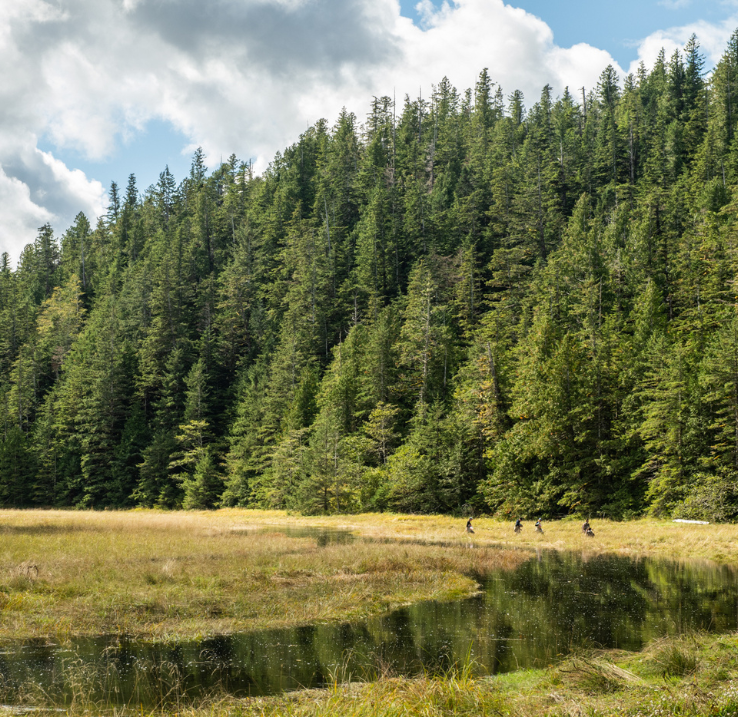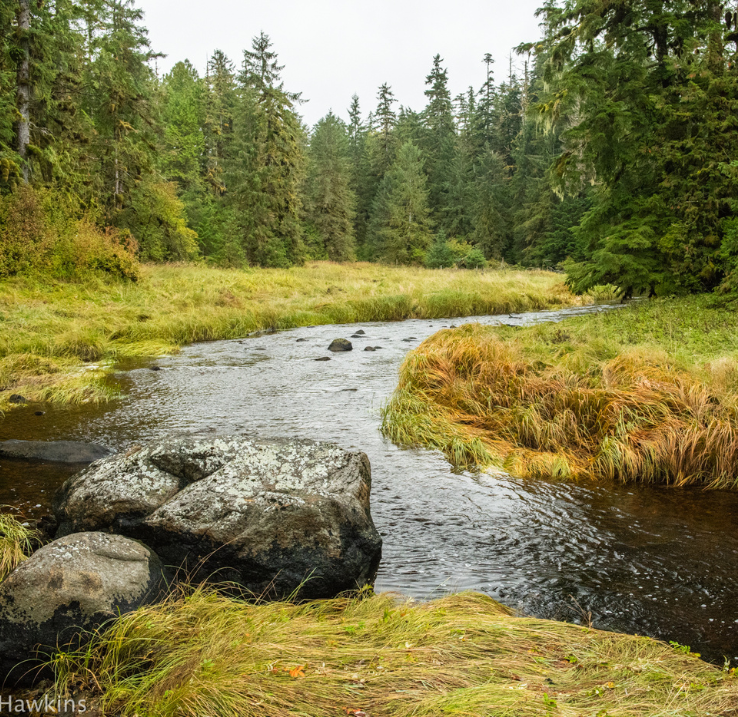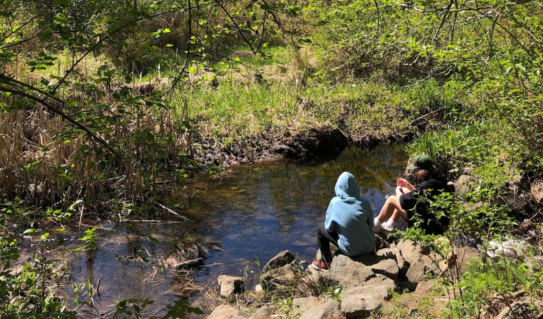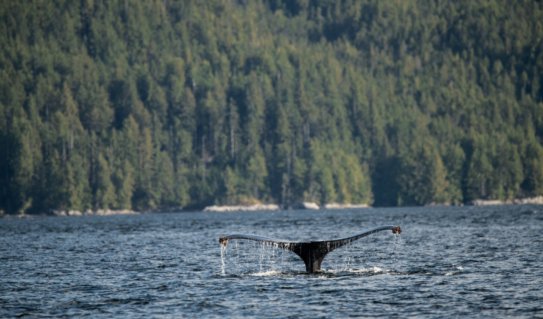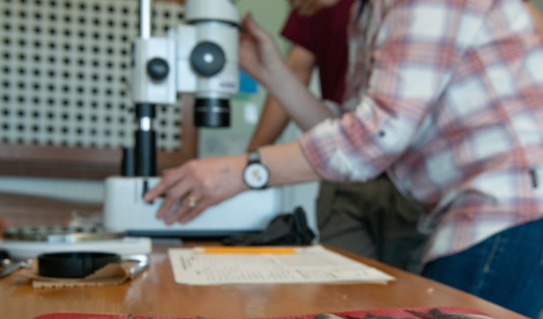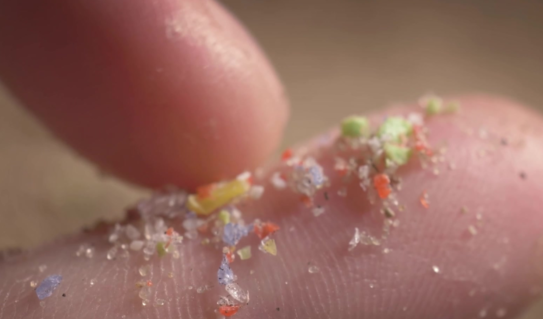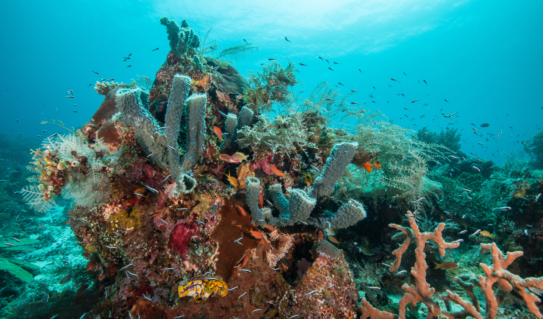I came across Ocean School during lockdown in 2020. I involve students in nature in my teaching and incorporate experiential learning. So, I thought, how can I replicate that during the lockdown? What resources are out there for me to use that would get students involved while at home? And so that's how I came across Ocean School. [The first activity I discovered] was a 360-degree video. I thought, “Wow! The kids are really going to like this.” I then used Anatomy of a cod for my biology class. When we came back post-Covid, I reused it because I was taking some of my outdoor pursuit students ice fishing in my ice fishing shack. I wanted to teach them what we would be fishing. We then had to clean our fish, and they could figure out some of the internal organs beforehand.
Also, for somebody who has taught mainly in French for most of my career, to have [Ocean School] resources so accessible [in French] is just a godsend. It provides those resources, very concrete resources, that wouldn't normally be easily attainable. Many of the sources are local to our region which is easier for students to appreciate.
